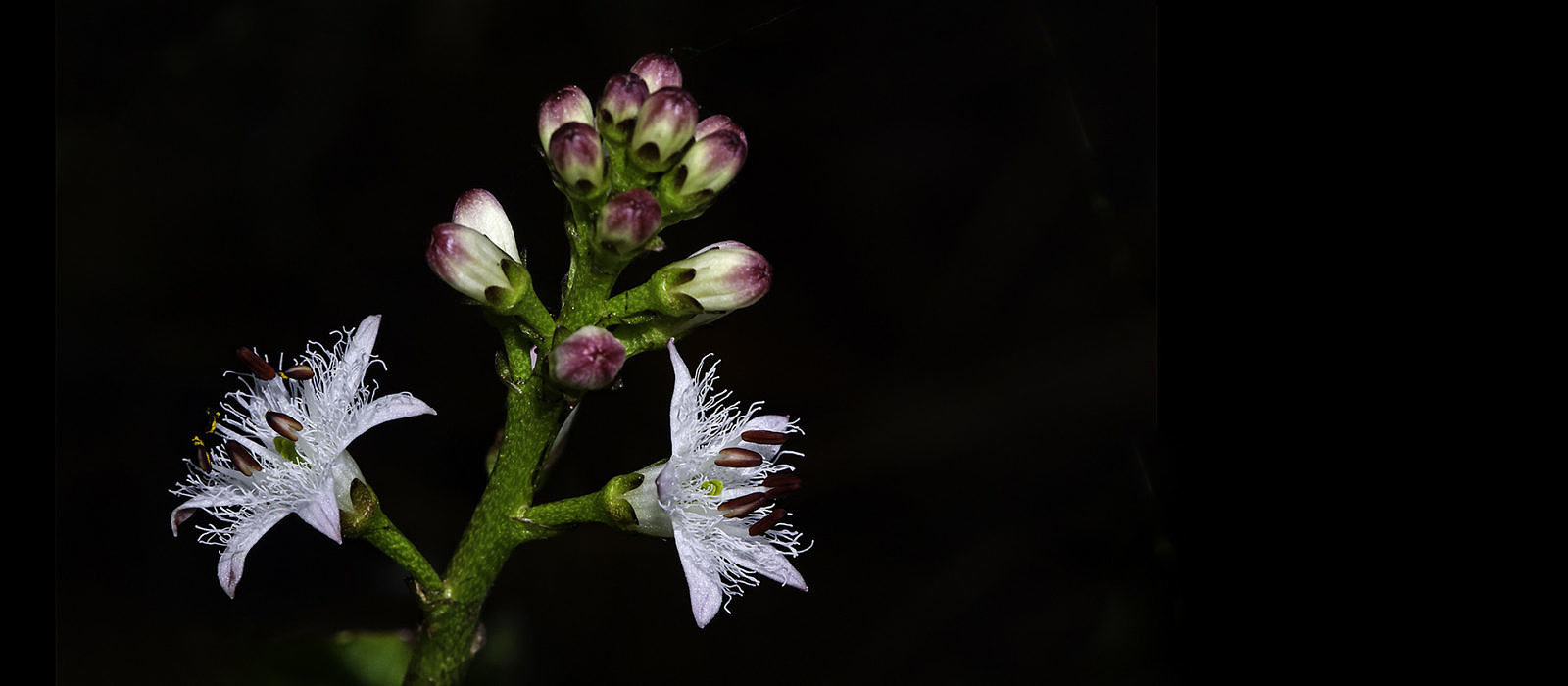
The Light is Coming
I honestly have no clue what Punxsutawney Phil declared on Groundhog Day. Of course we’ll have six more weeks of winter. The shadows may come and go. What is certain, however, is the light. Here in Vermont we’ve just crossed a threshold: 10 hours of daylight — and increasing every day.
Yeah, it’s an arbitrary threshold. But in nature’s response you will find no artifice. Sure, spring remains a long way off here in New England. Even so, our first avian migrants, Turkey Vultures and Red-shouldered Hawks, as predictable as the daylight itself, are drifting northward on schedule. And the squirrels, like those groundhogs, are getting amorous.
I’ve included below for you a couple of relevant readings from my archives. But lest you get too optimistic or wistful for warmth here in the north (after all, the skiing is still great), I’ll present you with two arthropods now walking around on the snow: a spider in the genus Cicurina and a wingless fly in the genus Chionea.
Oh, and that flower above — okay, that’s simply a gift because, well, I just like its looks. I came across it while tagging and filing digital images the other day (winter is when northern biologists do that sort of thing). It’s Bogbean (Menyanthes trifoliata), which I photographed on 8 June 2019 at a fen in Brookfield, Vermont. We won’t see it in bloom for another four months. So keep your pants on — well, er, at least your long-johns handy.
Readings
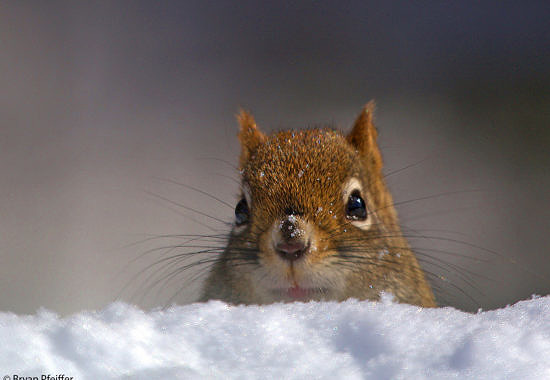
Shadows and Sex
You don’t need Punxsutawney Phil to know which way the wind blows. Groundhog Day isn’t about shadows or winter or spring. It is about sex. Birds and rodents now begin a season of foreplay. And for those squirrels, mating can amount to "pure and unadulterated chaos."
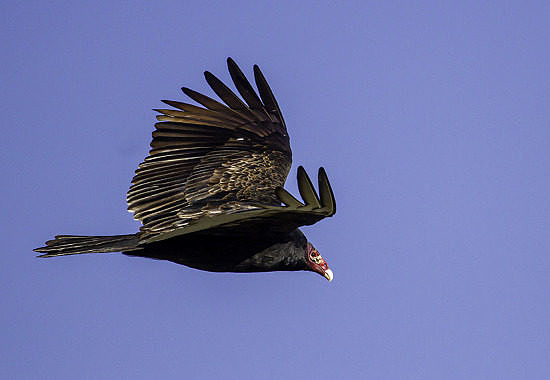
Migration's Misfits
Pick your favorite early sign of spring: squirrels mating, mud oozing, maples flowering. Mine is a Turkey Vulture soaring. But more than being a vernal messenger, the Turkey Vulture is an avian iconoclast, toppling simplistic notions of migration.
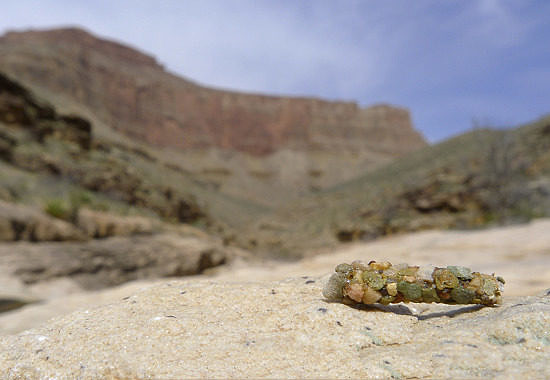
Hope and Rebuilding
Speaking of the light, and in case you missed it, here's my essay for Inauguration Day — our challenge of rebuilding, expressed in the life of an ephemeral insect I encountered while backpacking in the Grand Canyon.
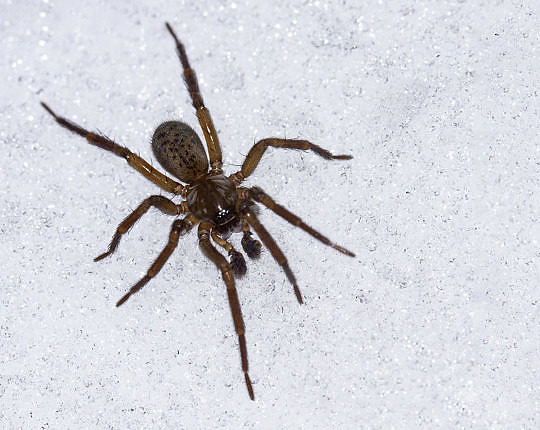
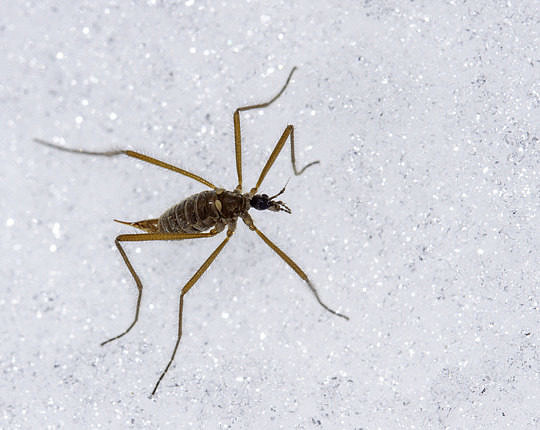

Ah, how nice. I’ll bet your Carolina Wrens are busy as well!
Sounds wonderfully busy there, Marcy. Thanks for the report! Three Carolina Wrens — triple high energy! 🙂 And thanks for the explore.org link — I hadn’t know about it, but will tone in.
They’re tough — well, most are. Send more warmth!
Hey Bill, You missed a letter. Chionea is the genus for those wingless flies.
Did I mention our Carolina Chickadees are starting to sing their full spring song?
Marci in NC
PS Love reading Bryan’s stories and the responses!
LOL on this whole thread!
For the first time in 4 years, I saw three Carolina Wrens at the same time at my feeders here in Shelburne on 2-03-2021. I’ve also been seeing Common Redpolls in small numbers, the largest group of 20 or so on 1-27-2021. And on various days a small flock of American Robins wandering the woods! I’m busy now watching the active Bald Eagle nests on the Catalina and Channel Islands on explore.org, and the Long-eared Owl roost in Montana. I look forward to your updates this spring on our Vermont native everything, Brian!
Flocks of Robins are starting to come through – going north obviously – hope its not too early – we have snowy/icy weather coming, even down here in NC.
Marci
What are Choneas. Searched all over the web and nothing came up in the context you and your friends used the word.
Just an old guy learn about nature at a late age. Love your emails but apparently not meant for beginners.
Thanks for making me work at it – sorry I was unsuccessful … Cheers,
Bill
Right on!
That spider has got to be a drummer. Perhaps for Phish.
Bernie
Thanks, Mary. Nice to hear from you. Yeah, Montpelier has been busy with Carolina Wrens this winter as well. And Boreal Chickadees — at last some of them — moved a bit this fall. They were showing up in places south of their customary range (which we think of as “permament”) here in Vermont.
Right, where do they go? And my spider was pounding his pedipalps on the surface of the snow as he walked. Very cool!
The first few are showing up in Vermont now!
You’re welcome, Cathy. Yeah, those longer days are finally noticeable!
So incongruous out there on the snowpack — those Choneas! I’ll get you to those fens in Brookfield without me, Jenn. Piece of cake!
Thanks, Dolores. You’ve made my day!
Our winter bird is a Carolina Wren! However, since it has graced us all winter long, perhaps it’s a harbinger of Carolina Wrens moving up north. He likes suet, the drinking water in the shallow glass bowl on the picnic table on the deck, and he bathes and drinks. There are stones in the bowl for birds to stand on. The wren also likes bites of snow! He’s really acclimated! About three years ago we had a Boreal Chickadee all winter! Wow. Right outside the window on a platform feeder!
Thought I was replying to Jenn’s on the Chionea. Yes, it was a Chionea!
Me too!! And I was going to look it up. Thanks Bryan! Mine was busily marching across a rather broad expanse of snow. Don’t know where it was headed — or where it could tuck in when temperature drops.
Conk a ree- Red-winged Blackbird.
Just what I needed today. Spring, if not in the air, is at least in the lengthening light! And I love those tiny creatures undeterred from venturing out despite the thick covering of snow. Thank you for this, Bryan!
I saw Chionea out last week! Love this, Bryan. I am always waiting for the light to return. PS, if you ever are leading walks to the Brookfield fen, I’d love to see that plant.
Wonderful, delightful, informative. I love reading your stories. They read like a story not an essay.